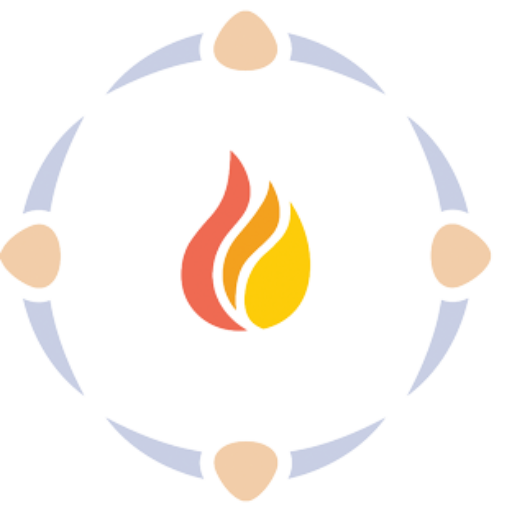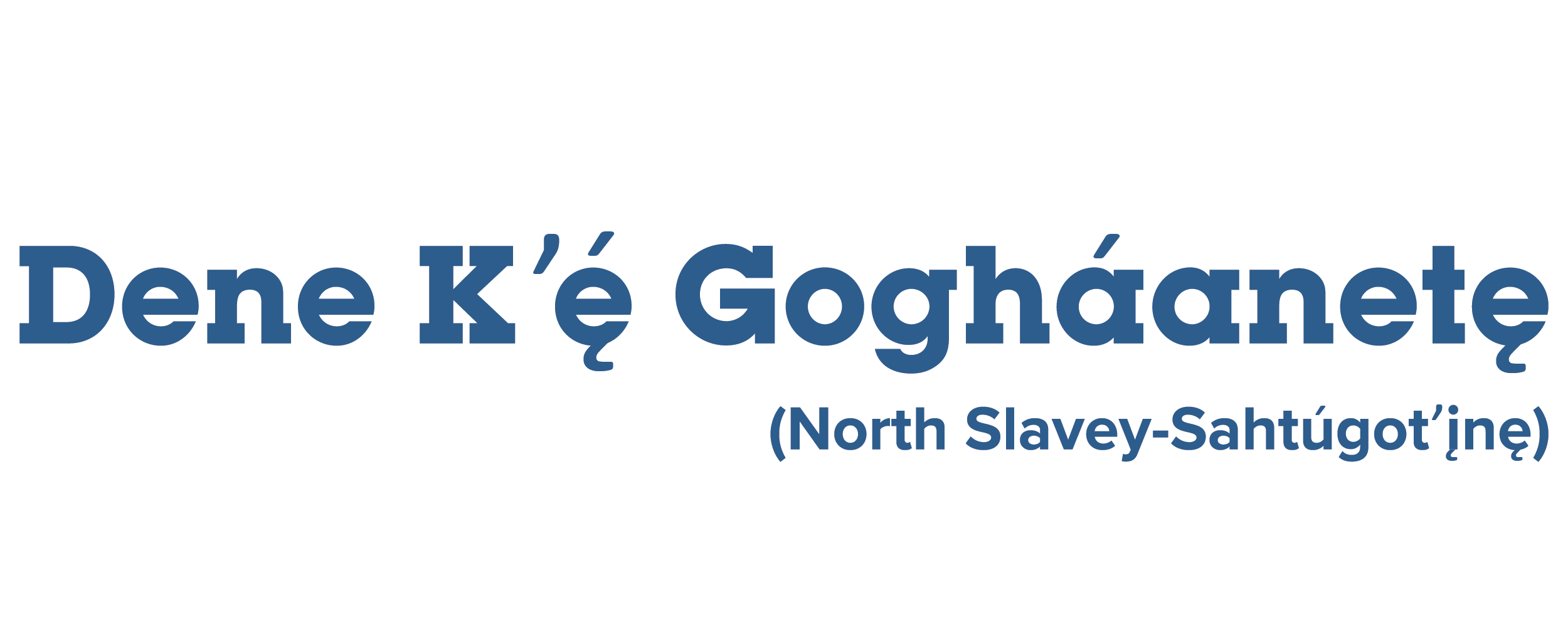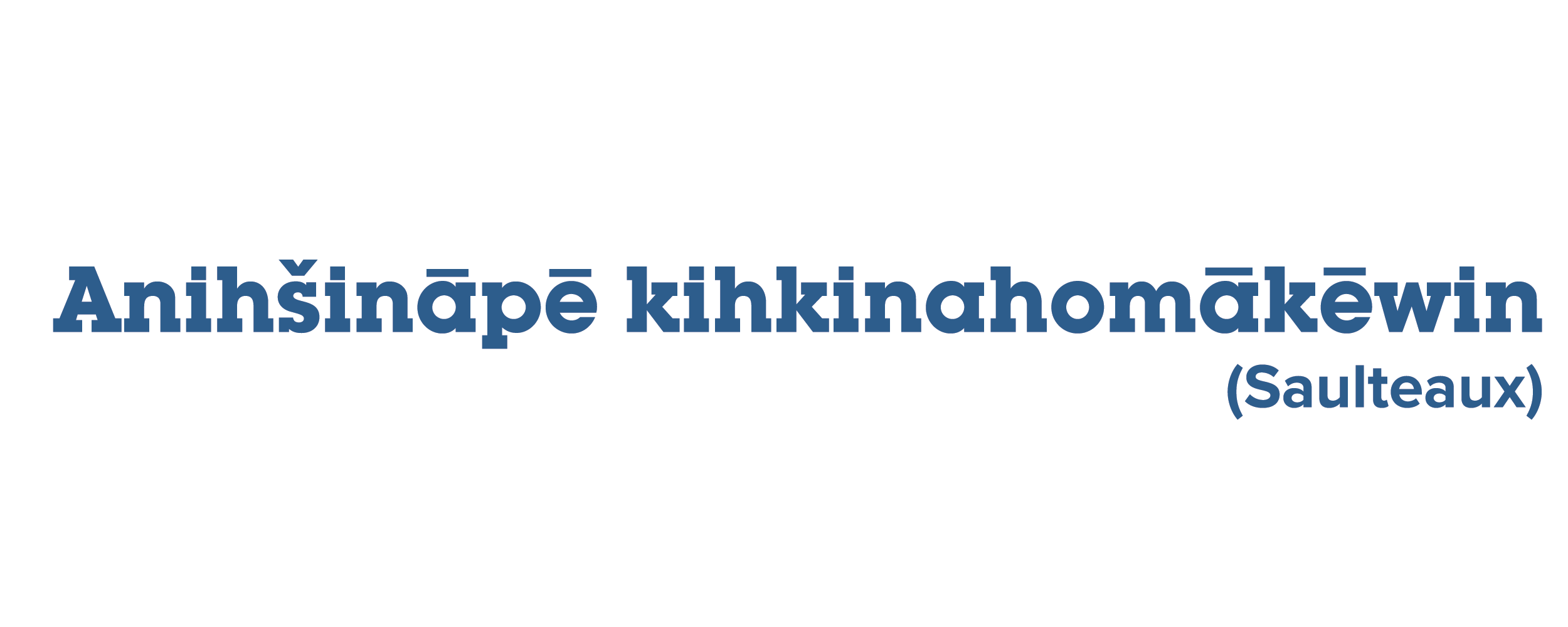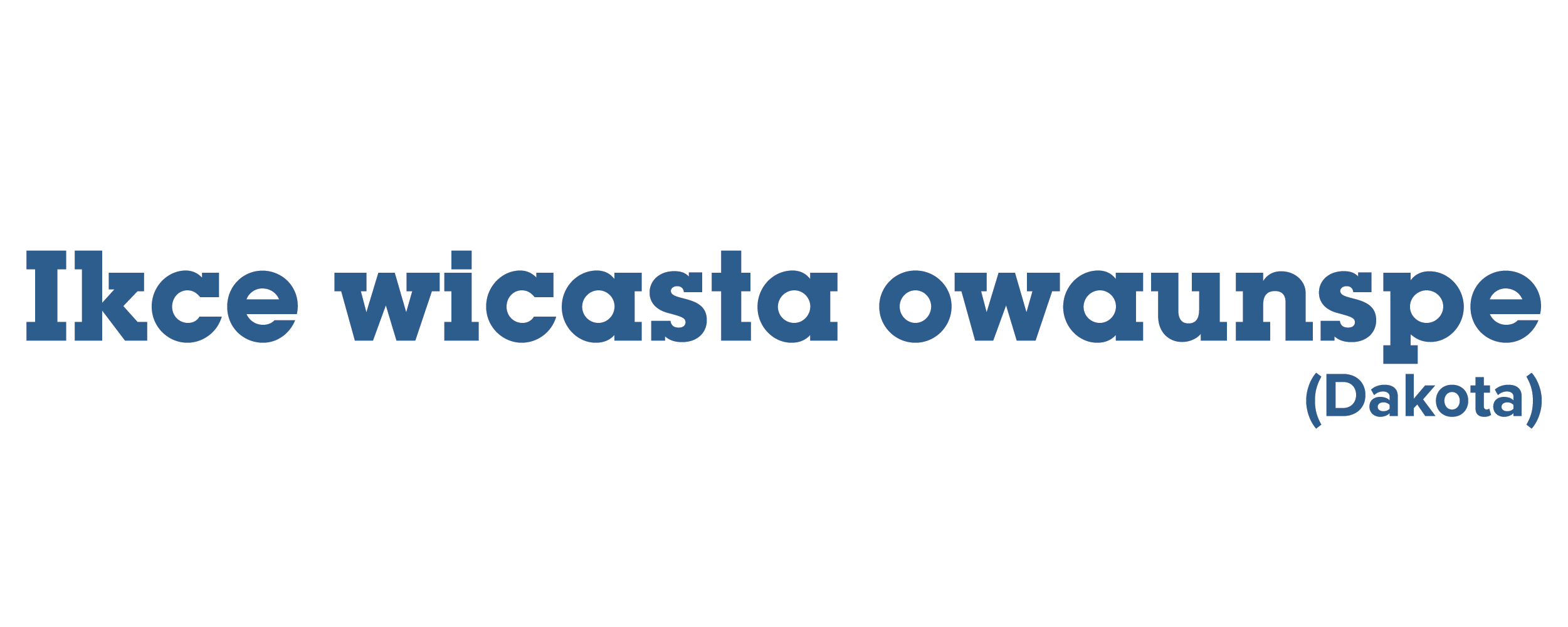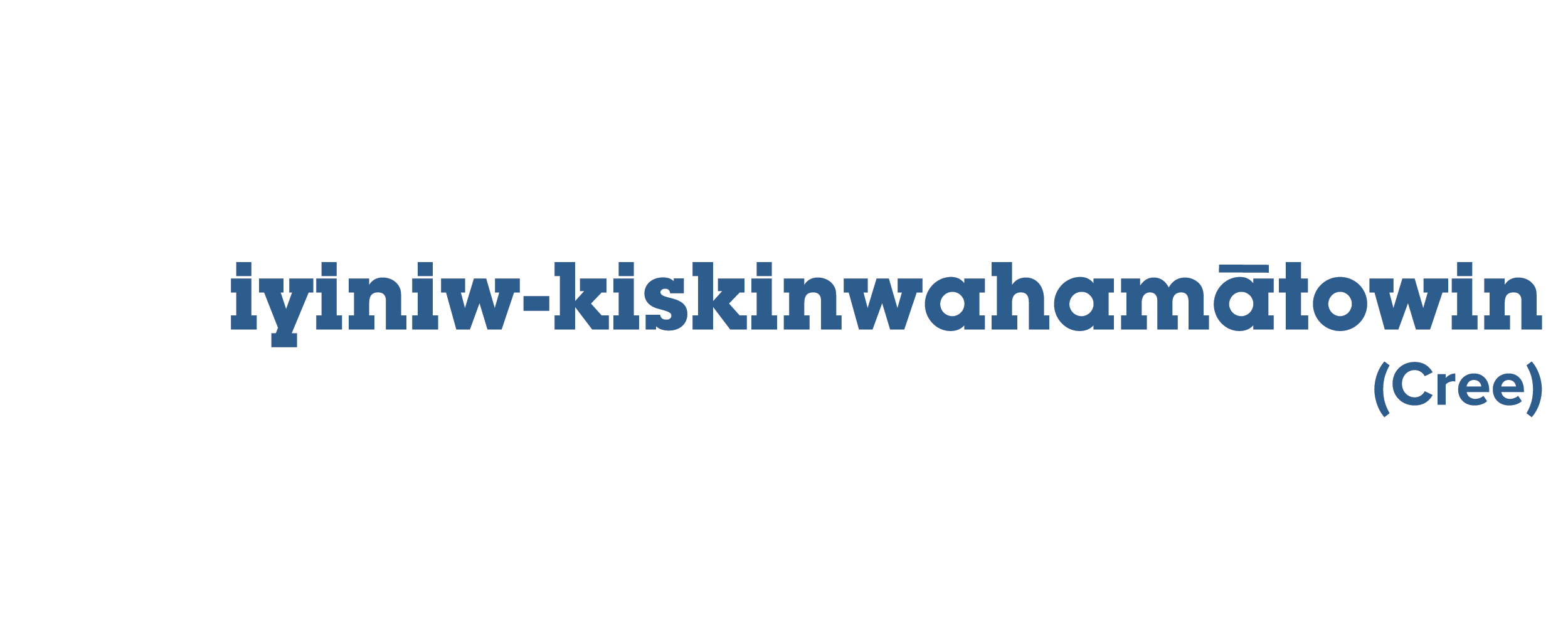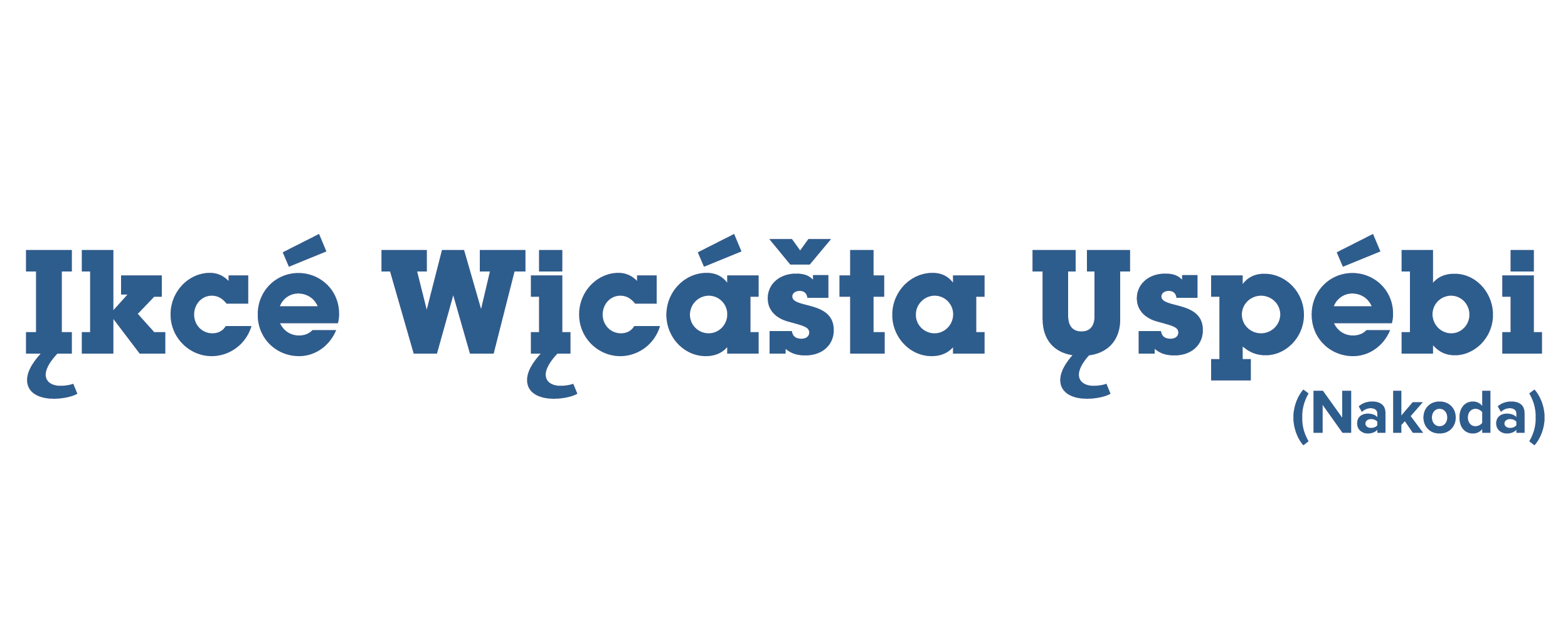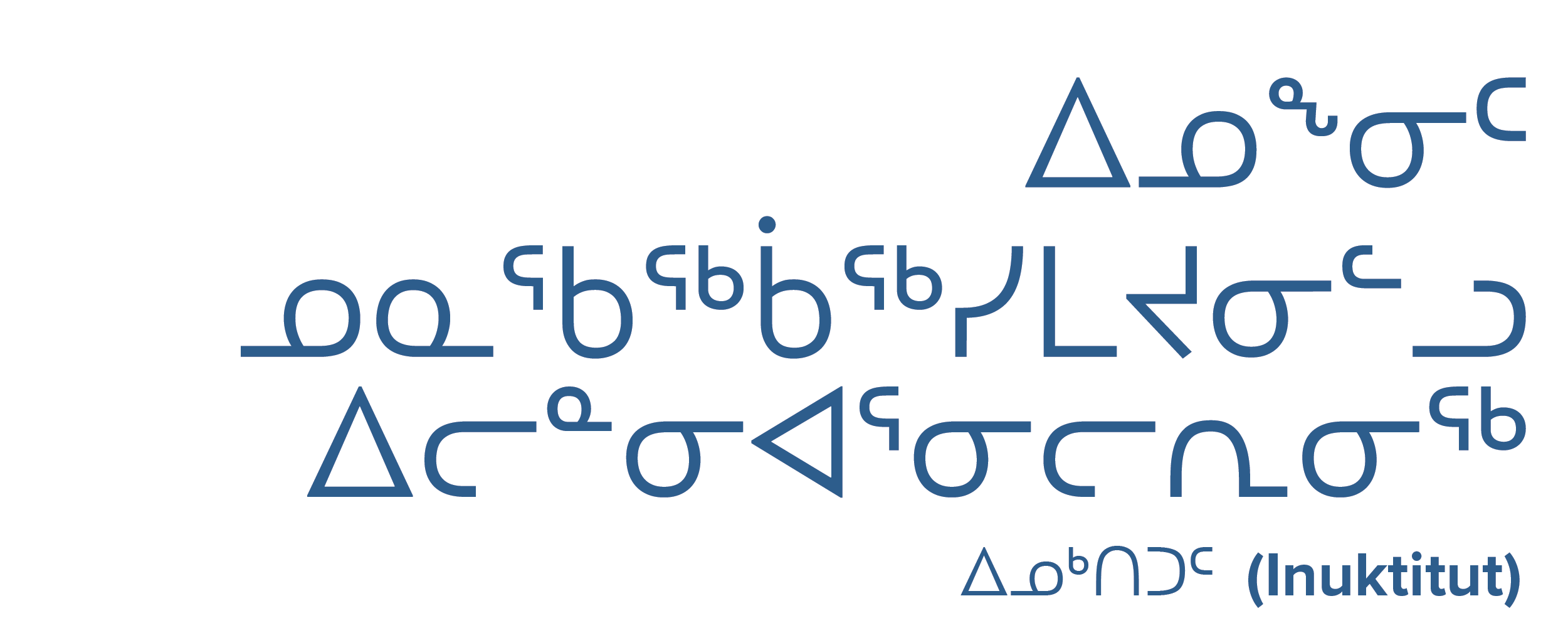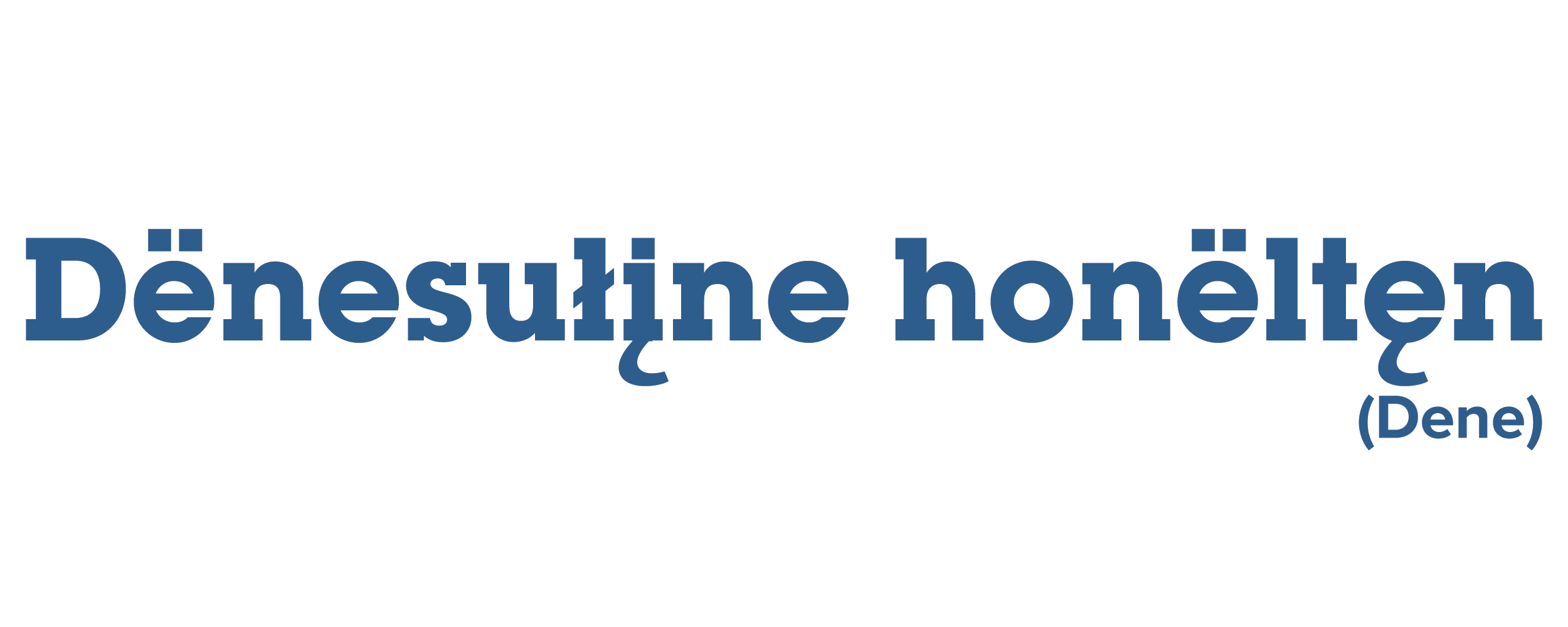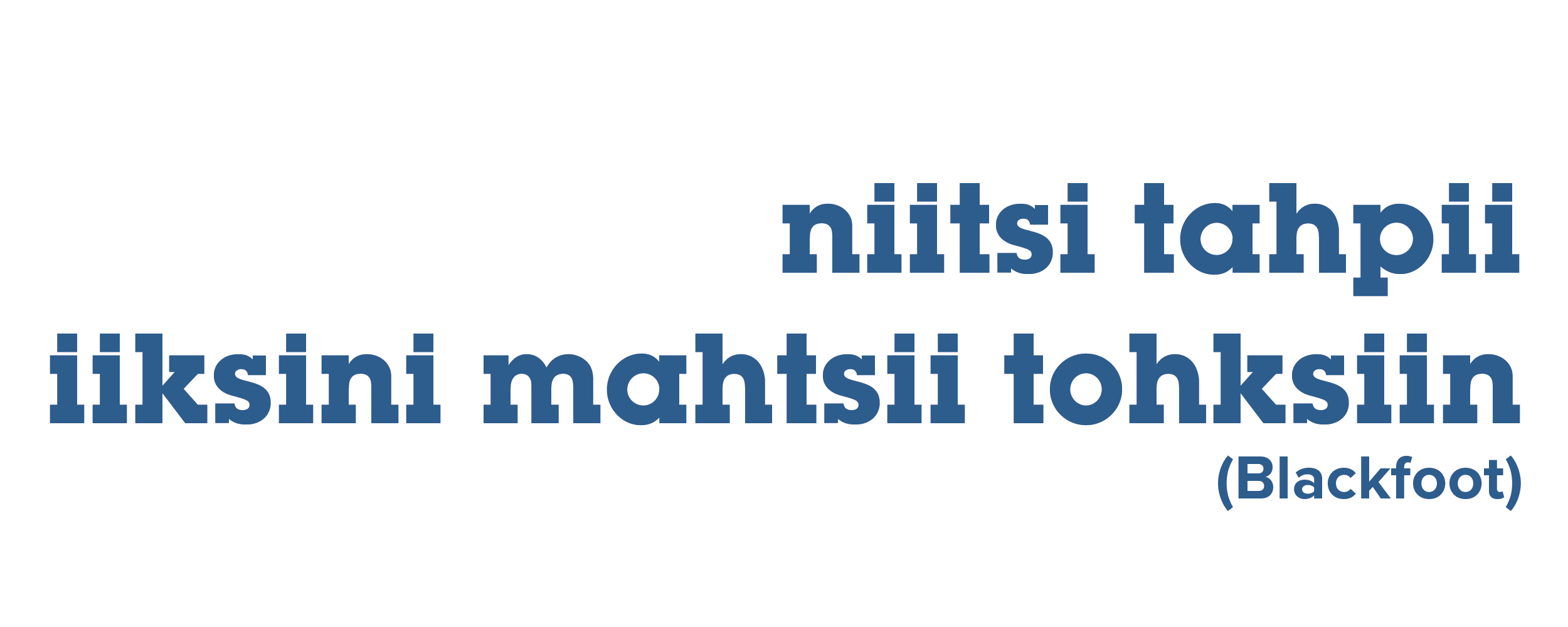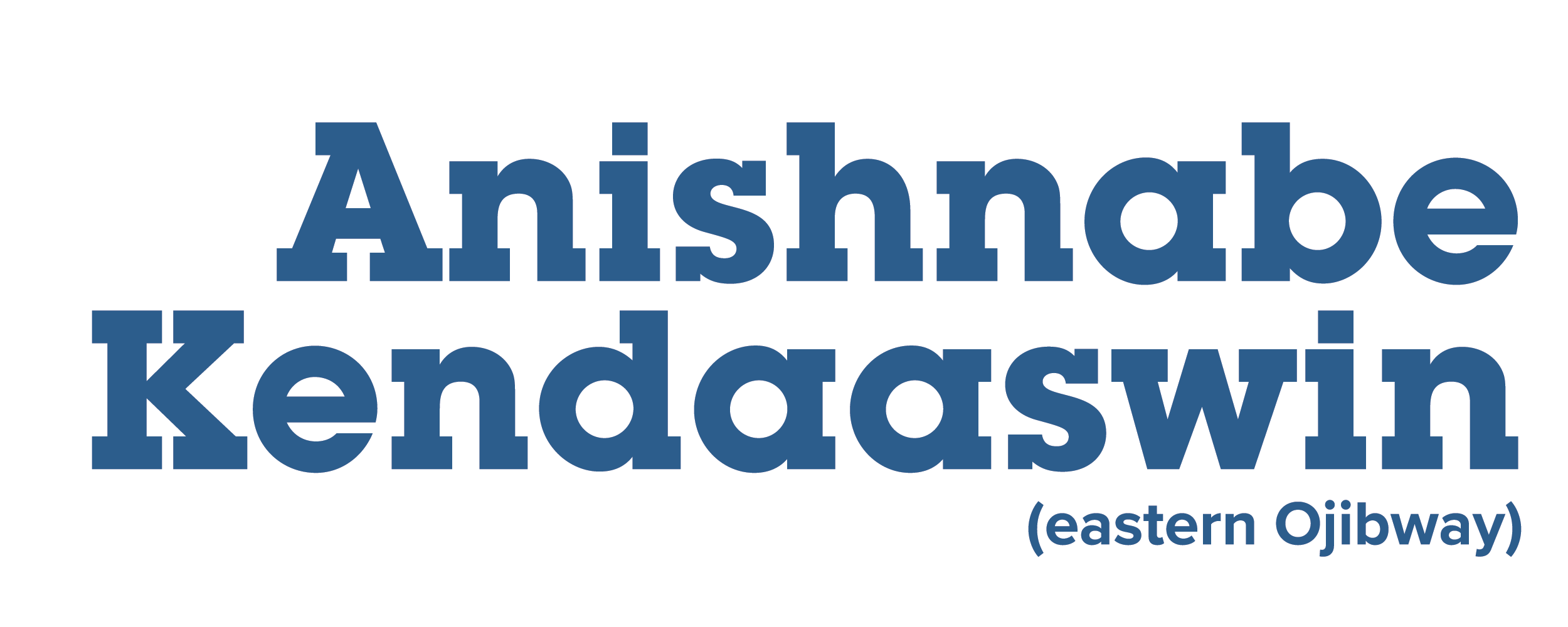Posted on mai 21, 2021 by Kevin Fitzmaurice
Brandon Petahtegoose of Atikameksheng First Nation disusses the importance of land-based learning and teaching the Anishnaabemowin language as part of this learning. Without this knowledge one can become lost and susceptable to negative influences in life; knowing oneself is possible in relation to one’s culture and community. Brandon has been fortunate to have had the opportunities to learn the traditional Anishnaabe Knolwedge of his family and community and this has helped him as well as those in the community. Indigenous education is learning from the land, medicines, plants, and animals all within the Anishnaabemowin language. Learning in this way is critical to the survival of Anishnaabe people.
Posted on by Kevin Fitzmaurice
Chris Pheasant is from Wiikwemkoong First Nation and has dedicated his life to Indigenous Education. Over the course of his career, Chris has been a Guidance Counsellor, Teacher, Principal, and College Faculty member. Indigenous education is Biimaadiziwin, a way of living. Indigenous knowledge is ingrained in the language of the people and its relationship with […]
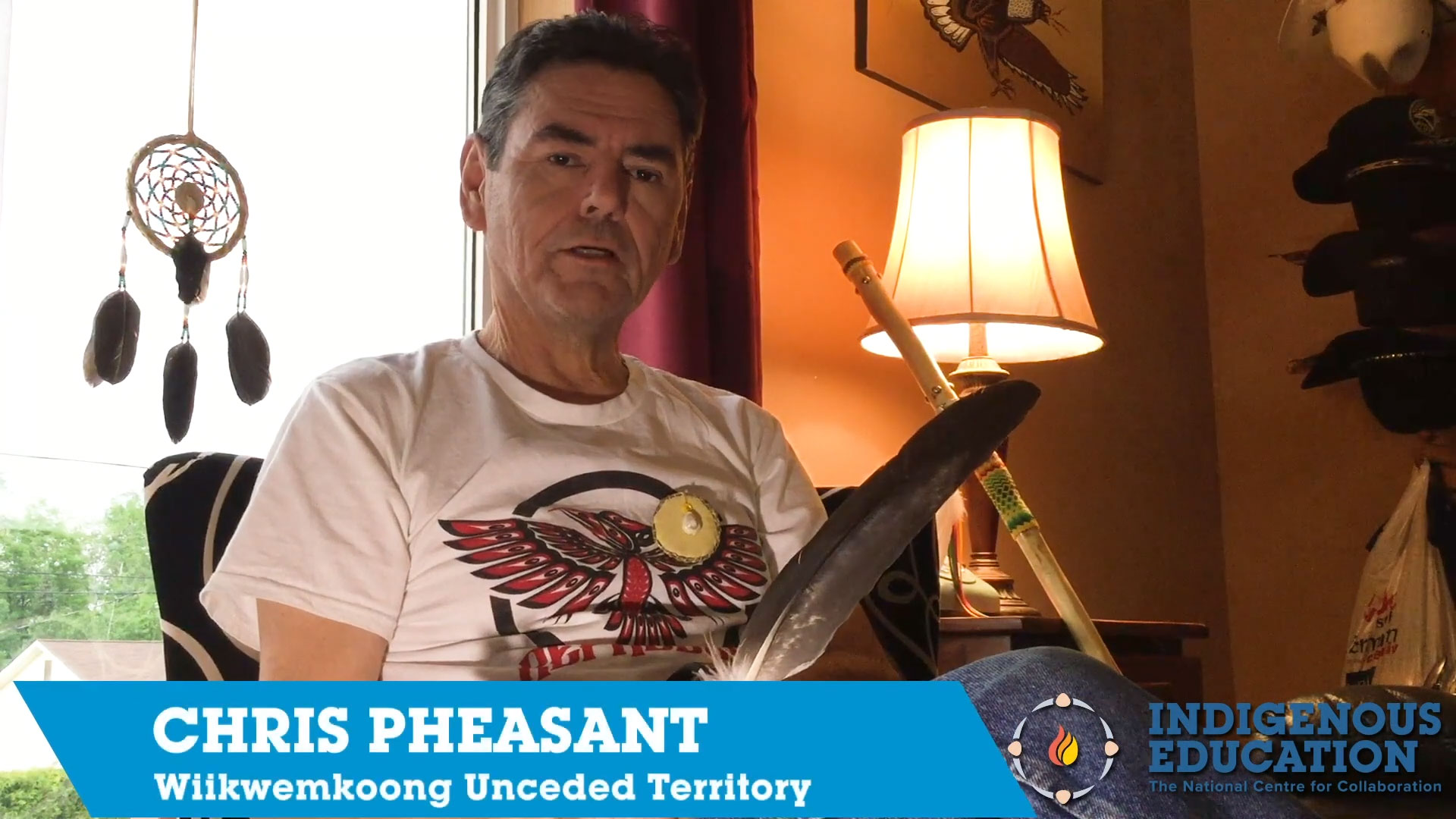
Chris Pheasant is from Wiikwemkoong First Nation and has dedicated his life to Indigenous Education. Over the course of his career, Chris has been a Guidance Counsellor, Teacher, Principal, and College Faculty member. Indigenous education is Biimaadiziwin, a way of living. Indigenous knowledge is ingrained in the language of the people and its relationship with the environment, the land, the water, the air, our spirit. It is a wholistic education that encompasses the four quadrants of being and understandings of natural law. In these and other ways Indigenous Education differs from Western Education and it is important to be aware of and to be respectful of these differences.
Posted on janvier 29, 2021 by Steffany Salloum
The Warrior’s Club is a land-based education group that meets bi-monthly to learn experientially about the land.
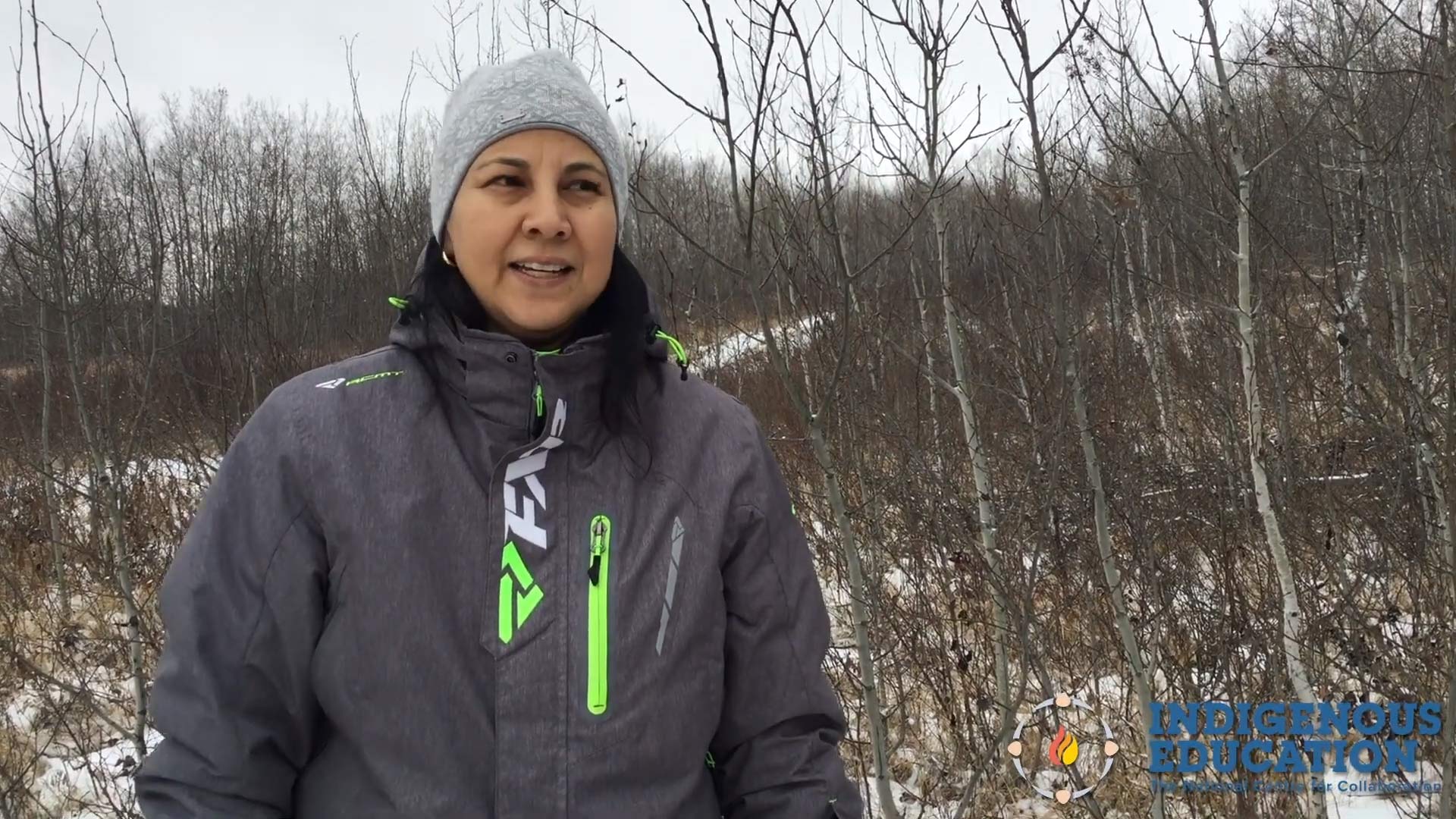
Tanya McCallum, is one of the land-based instructors at Sturgeon Lake Central School who help leads a Warrior’s Club for Indigenous male youth ages 11-15, she along with Lionel McKenzie. The Warrior’s Club educates youth and encourages them to develop a relationship with the land. Between the skills that they develop and the connections they make, the activities they engage in are meant to empower the next generation of men. The Club meets twice a month and engages in the following activities: camping, snaring, harvesting deadfall from the bush and chopping the wood, fire keeping, fishing, ice fishing, kayaking, canoeing, history lessons, and Cree language instruction.
Recently, the boys received chainsaw and axe safety lessons prior to using the equipment. After that, they were able to harvest the deadfall from the bush, chop the wood, and deliver the chopped wood to Elders and families in the community who were struggling financially. The boys are eager to provide this service to their community and the community members value the youth for their efforts.
This program has been made possible since 2017 due to the collaboration between Belinda Daniels and her uncle Velmer Ermine, who write up the grants and reports for and through Jordan’s Principle. This is a community collaboration, a ‘grassroots’ initiative between all who all support the program and the youth involved, and a special gratitude to the numerous guest speakers who enrich this program throughout all of the years.
Posted on novembre 22, 2020 by Alina Perrault
Elements of Art – Textures in Our Environment explores the connection between art and life. It links Indigenous values, such as our connection to water and our protection of Mother Earth, to artistic representations. In this lesson, Sara Leah Hindy, a Mi’kmaw teacher, introduces the significance of place and explores textures in one of her […]
Elements of Art – Textures in Our Environment explores the connection between art and life. It links Indigenous values, such as our connection to water and our protection of Mother Earth, to artistic representations. In this lesson, Sara Leah Hindy, a Mi’kmaw teacher, introduces the significance of place and explores textures in one of her favourite places, the beach. Using a rock collected on the beach, Marcus Gosse, a Mi’kmaw artist, then guides students on an artistic journey that weaves together a story of people and place through petroglyph-inspired rock art. Following the lesson, students are encouraged to explore their own special places and create a story that they would like to share through an art piece, uniquely theirs.
The complete lesson, Elements of Art – Textures in Our Environment, can be found in NCCIE’s Teaching Resource Centre at https://www.nccie.ca.
Posted on mars 24, 2020 by Steffany Salloum
Founder of kâniyâsihk Culture Camps, Kevin Lewis believes that land-based education is an important way for Cree and non-Indigenous people to (re)connect with culture and identity.
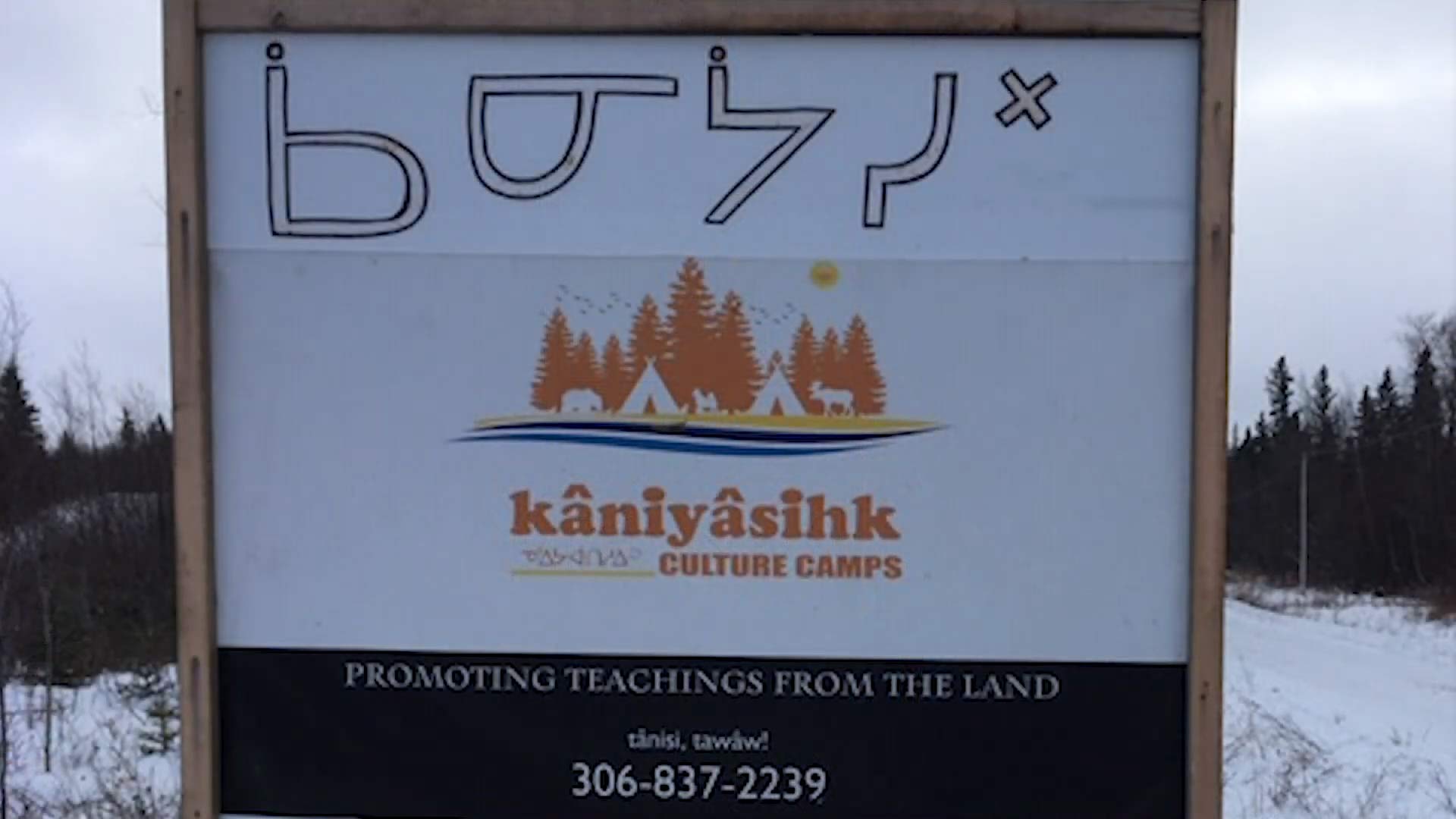
Within the last two decades, the kâniyâsihk Culture Camps at Ministikwan Lake Cree Nation have evolved from providing fall culture camps where participants took part in fishing and hide tanning to offering camps throughout all seasons and to anyone who wants to learn nehiyo (Cree) culture. Founder, Kevin Lewis explains that at kâniyâsihk Culture Camps participants take part in land-based learning that involves connecting with Elders, knowledge keepers, land keepers, medicine keepers, and berry pickers in their community. By sharing this wealth of knowledge with participants they begin to learn how to be self-sufficient and independent. Some of the many things done at camp include: learning Cree; harvesting plants for medicines; fishing and snaring; hide tanning; preserving moose, deer, elk, and fish; woodworking and building dog sleds, toboggans, birch bark canoes, snowshoes, and paddles; dog sledding; and participating in the Sun Dance, Sweat Lodge, and Chicken Dance ceremonies. The camp offers an immersive experience in nehiyo culture and Lewis hopes that more culture camps become available to people, especially for those living in urban areas.
Click here for more information about kâniyâsihk Culture Camps.
Posted on mars 2, 2020 by Marion Erickson
Hailey Prince details the Nak’azdli Cultural Centre’s aims and initiatives of capturing and maintaining Dakelh traditional knowledge through methods of traditional knowledge transfer from Elders. The centre offers programs and classes that are focused on strengthening areas of traditional Dakelh knowledge. Classes include teaching Dakelh language; drums, rattles, snowshoes, shawls, vests, baskets making; as well, […]
Hailey Prince details the Nak’azdli Cultural Centre’s aims and initiatives of capturing and maintaining Dakelh traditional knowledge through methods of traditional knowledge transfer from Elders. The centre offers programs and classes that are focused on strengthening areas of traditional Dakelh knowledge. Classes include teaching Dakelh language; drums, rattles, snowshoes, shawls, vests, baskets making; as well, learning traditional ways of hunting, trapping, and fishing. Among being a place of teaching and learning, the Cultural Centre is a support system to the community through ensuring all those in need are cared for. A food hamper program is an example Hailey describes as one way the centre ensures those in need are cared for. All donations given to the centre are offered to families in need. Traditional knowledge retention and community support are just some of the areas in which Hailey Prince views the Nak’azdli centre as an area of success in Indigenous education.
Posted on février 15, 2020 by Ashley Nadjiwon
Anishinaabe Elders who are constantly working towards reconciliation and bringing traditional knowledge to their people.
Anishinaabe Elders who are constantly working towards reconciliation and bringing traditional knowledge to their people.
Posted on by Ruby Thompson
Examples of formal and informal Indigenous Education from a ‘student of life’ who describes the importance of language and land-based learning.
Examples of formal and informal Indigenous Education from a ‘student of life’ who describes the importance of language and land-based learning.
Posted on octobre 2, 2019 by Anne Marie Jackson
This is one in a set of three videos that talk about life along the Deh Cho (Mackenzie River) in the Sahtu. The topic of this video is how their environment is changing due to climate change.
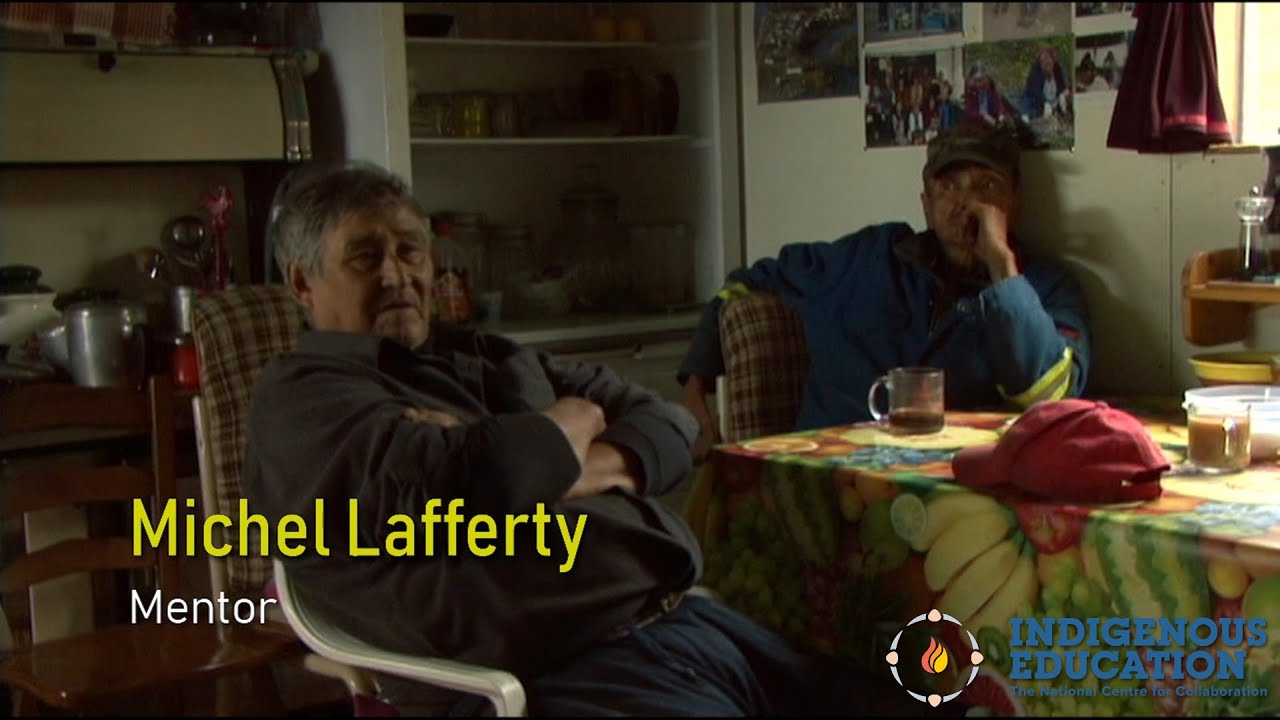
Judy and Michel Lafferty talk about changes they and other Elders have observed due to climate change in their community and along the Deh Cho (Mackenzie River).
Special thanks to Judy and Michel Lafferty, and to others in their community, for their participation in this video.
As well, special thanks to:
- Anne-Marie Jackson, NCCIE Videographer and Contributor
- Christopher White, Promethean Heritage and Cultural Services, Video Editor
- Andrée Cazabon, Productions Cazabon, Producer
This video and two others in this series are also part of Tracking Change: the Role of Local and Traditional Knowledge in Watershed Governance (trackingchange.ca), a project that includes listening to Indigenous peoples along the Mackenzie, Mekong, and Amazon Rivers to gather information about “long term (historic and current) patterns of social and ecological change and the interconnections between the health and dynamics of these river systems and that of river communities.” (source: www.trackingchange.ca/about)
